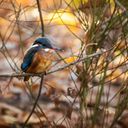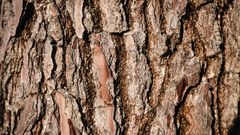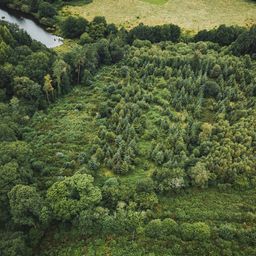About Channay forest
About Channay forest
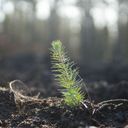

Key information
Project start date: Aug 8, 2020
Certification: PEFC
Land area: 3.846 ha
Social action: none
Biodiversity features: Natura 2000 zone (Habitats Directive) and den trees
Temporarily closed to the public, the reopening is scheduled on 01/03
EcoTree’s initiatives
EcoTree’s initiatives
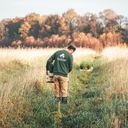
Our trees available for purchase
Discover the trees that inhabit the forest, become owners and support their sustainable management
EcoTree’s actions for biodiversity
EcoTree’s actions for biodiversity
